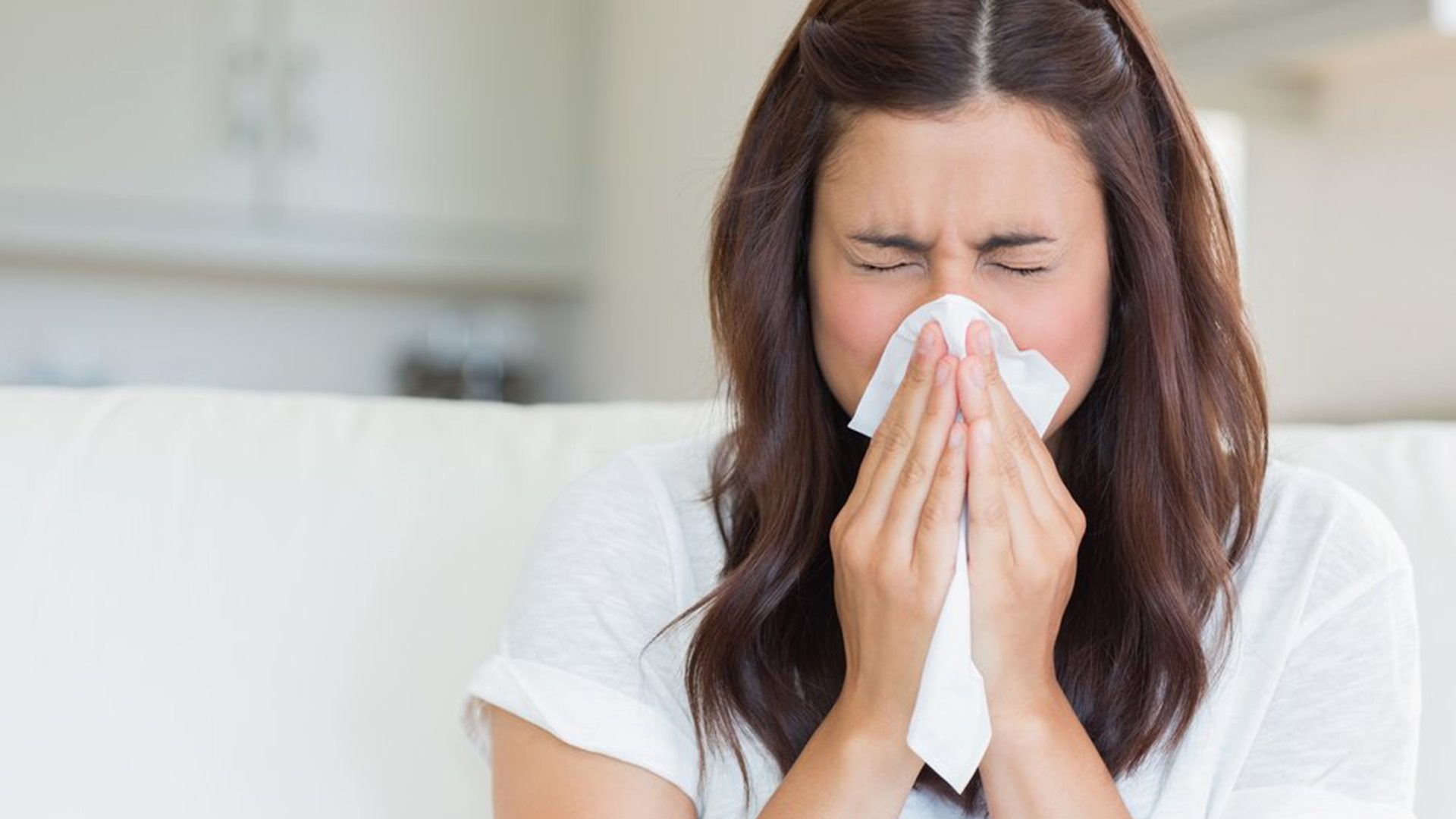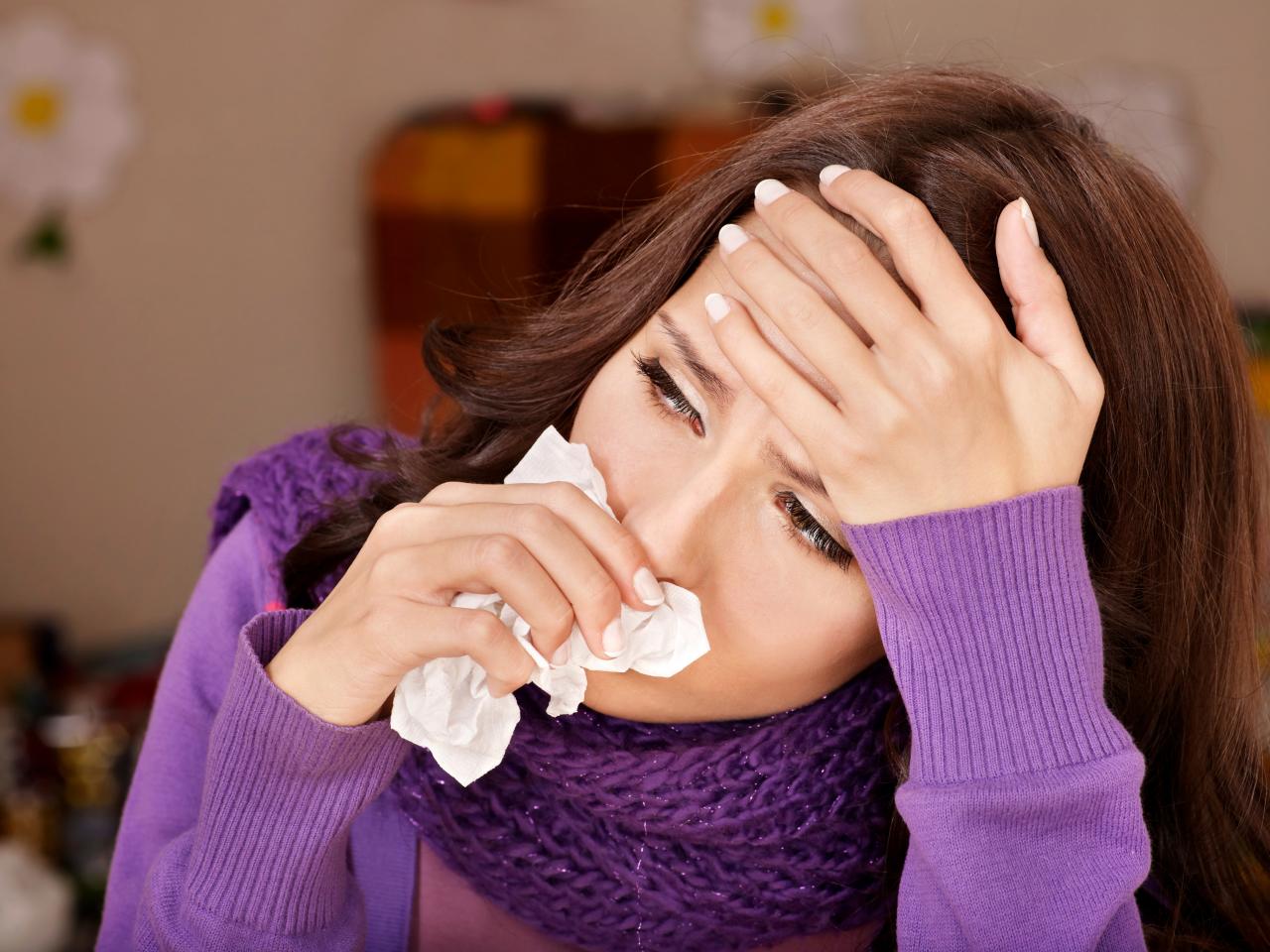Molds are a type of fungus that grows well on surfaces that contain cellulose. Such surfaces are fiberboard, wood, boards, paper, gypsum, etc. They thrive and grow well mainly in the house in the laundry rooms, shower cubicles, and bathrooms because of the warm environment and dampness.
There are three types of mold as described by the miami mold specialist. They are categorized with their nature of harm. They include;
1.Allergenic molds: They are mainly harmful to persons with allergic reactions such as asthma.
2.Pathogenic molds: They primarily affect people with a weak immune system.
3. Toxigenic molds: They release very dangerous mycotoxins. Mycotoxins can cause serious health issues such as cancer.
Indoor molds are further classified into the following;
-Alternaria: They are mainly found in the mouth, nose or upper respiratory tract. They easily cause allergic reactions.
-Aspergillus: They are located in extreme dampness and warm environments. They produce mycotoxins that are a significant cause of lung infections.

-Cladosporium: This type of mold is commonly found in the outdoors but can easily find its way to the house to grow on damp areas such as on wood and textiles.Can trigger asthma symptoms.
-Penicillium: This mold is mainly found on decaying fabrics, wallpaper, carpet, etc. They can cause asthma among other allergies. They also produce mycotoxins such as antibiotic penicillin.
-Stachybotrys:They are referred to as black molds. They are very dangerous but rarely found in the house. They produce mycotoxins that can cause health issues such as lung bleeding or breathing difficulties.
Molds are however not dangerous to human beings by just coming into contact with them; you must inhale the hazardous toxins they usually release to see any of the following symptoms;
-Coughing.
-Wheezing.
-Red eyes.
-Running nose.
-Itchy eyes or skin.
-Nose bleeding etc.
For those with asthma, they can encounter the following symptoms;
-Headaches.
-Persistent coughing.
-Allergic reactions.
-Difficulty in breathing.
-Inflammation of sinuses.
-Stuffy nose etc.
Longterm exposure to the molds may result to;
-Memory loss.
-Anxiety.
-Unexpected weight gain.
-Trouble in concentrating.
-Sensitivity to light.
Due to the dangerous nature of molds, you should try and live in a mold free environment. This means that you should make sure your bathroom or laundry room is dry every time you use them. When you suspect that the symptoms you are having are related to molds, you should immediately seek the attention of the doctor.

The doctor will either have you hire mold specialists to investigate your house for the presence of mold if they suspect that the symptoms are mold related. They may also carry out blood tests to detect signs of mycotoxins in your blood and treat you accordingly.
Doing away with molds in your house.
The most sure way of mold removal is by hiring mold specialists in your area. They will inspect your house and do mold remediation to your home.It might be expensive but worth the cost. After mold remediation, let the specialists direct you on the best practices to keep molds away.
Keep your family safe from molds.
